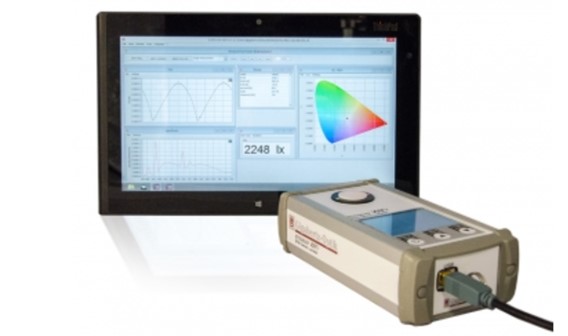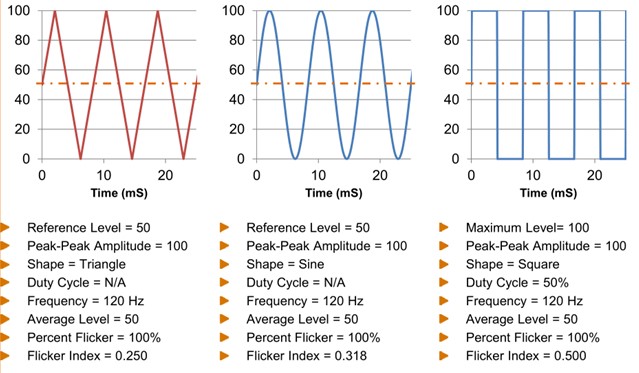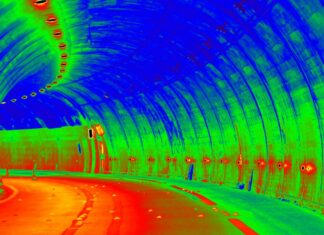Optical flicker is a phenomenon of variation of the light emitted by the light source of a lighting device.
It can cause visual discomfort for users, or even more severe disorders (epileptic seizures) for the most sensitive subjects.
It is dependent on the variation of the power supply, voluntary or involuntary. When unintentional, this variation is indicative of poor product design. Likewise, the strobe effect is an optical phenomenon that occurs when objects are in motion and illuminated by a light source that fluctuates at a certain frequency. It can thus give the impression that a part is stationary as it moves. It can therefore be dangerous in certain situations.
Devices incorporating LED-type light sources, which are extremely reactive, can thus quite easily exhibit undesirable visual effects such as optical flicker (flicker) or strobe effect.
These optical effects can be quantified using internationally recognized test methods (standards). It is thus possible to check the quality of the electrical power supplies and to compare the test results between the products (benchmarking) tested or with the limits of the regulations.
Also, European regulations on the eco-design of lighting devices take these parameters into account by specifying characteristics to be measured (Pst LM, SVM). It imposes, in fact, limits which must not be exceeded for each of these characteristics.
From September 2021, lighting devices (lamps, LED modules and lights) will therefore have to comply with these limits described in the new 2019/2020 regulation of the European Commission also called Single Lighting Regulation (SLR)
The PISÉO laboratory is able to carry out flicker tests according to IEC TR 61547 (Pst LM – flickering) and IEC TR 63158 (SVM – stroboscopic effect).
A real enhancement tool for our customers, the ISO-17025 accreditation delivered by COFRAC (scope available on www.cofrac.fr) demonstrates the seriousness, quality and impartiality of the test results carried out in our laboratory.
Indexes
- Flicker Index & Percentage Flicker according to IEEE 1789-2015
- Pst LM & SVM according to IEC TR 61547-1 edition 2.0: 2017 “Equipment for general lighting purposes – EMC immunity requirements – Part 1: An objective light flicker and fluctuation immunity test method”
Indexes
SVM according to IEC TR 63158 Equipment for general lighting purposes – Objective test method for stroboscopic effects of lighting equipment.

Bi Tec Sensor Lightmeter Gigahertz Optik and controlled Chroma Power Supply
Characteristics :
- Illumination measurement and colorimetry
- Flicker measurement (Flicker Index, Percentage flicker & Pst LM)
- Strobe effect measurement
- Spectral measurement technology adapted to the light emitted by LEDs
- Fast photodiode for synchronisation to the measurement of pulse width modulated light and flicker
- Control of the power supply according to IEC TR 61547-1 ed.2

To learn more about the effect of flickering, flickering or flickering, we invite you to read our analysis on the optical flicker of Led lamps on the market.



